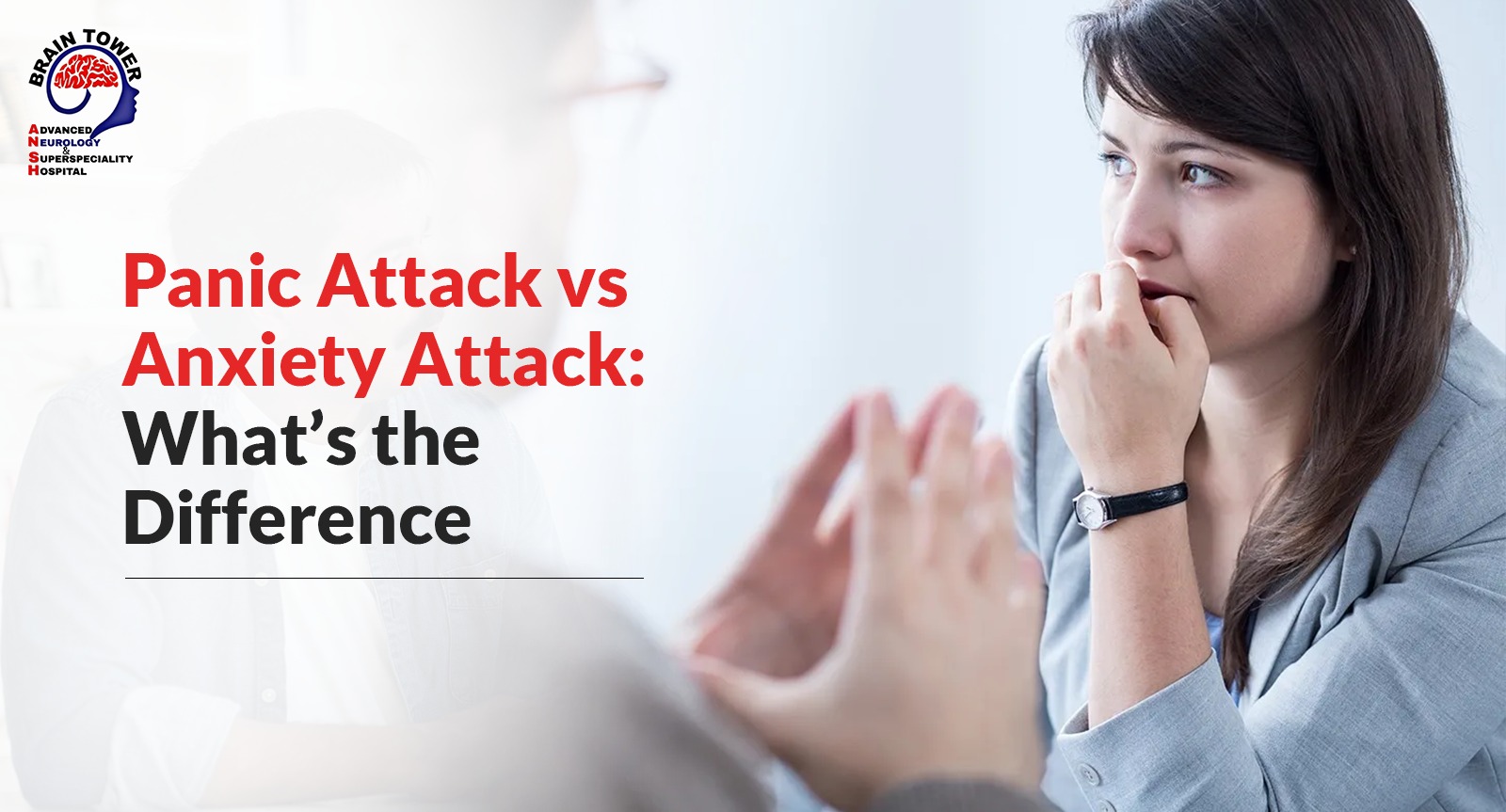Our brains control our bodies. The brain maintains order, just like an airport traffic controller does. But when something goes wrong inside this brain, it can lead to serious health problems. Two of the most dangerous conditions that can affect the brain are brain clots and brain hemorrhages. While they sound similar, these are not at all the same.
In this blog, we will explore the difference between a brain clot and a brain hemorrhage in simple language. Understanding these conditions can help you recognize early symptoms and get medical help quickly.
When a blood artery in the brain becomes clogged, a brain clot, sometimes referred to as an ischemic stroke, develops. This stroke is usually caused by a blood clot that stops blood from reaching parts of the brain. When the blood flow is stopped, brain cells begin to die because they don’t get the oxygen and nutrients they need. Brain clots are more common than hemorrhages and can cause permanent damage if not treated in time.
Causes of Brain Clot:
- High blood pressure
- High cholesterol
- Diabetes
- Smoking
- Obesity
- Heart problems
- Lack of exercise
- Family history of stroke
Symptoms of Brain Clot:
- Sudden weakness on one side of the body
- Loss of balance or coordination
- Severe headache without a clear reason
- Blurred vision
- Trouble walking or dizziness
Brain clots need quick treatment. Doctors may use medicines to dissolve the clot or perform procedures to remove it. If you act fast, recovery is possible. Sometimes, people can recover completely with proper rehabilitation, while others may have lasting difficulties.
What is a brain hemorrhage?
A kind of bleeding that occurs inside the brain is called a brain hemorrhage. It occurs when a blood vessel bursts and leaks blood into the brain tissue. This blood puts pressure on brain cells and damages them. A hemorrhage is also known as a hemorrhagic stroke. Though less common than clots, brain hemorrhages are often more serious and may require surgery.
Causes of Brain Hemorrhage:
- High blood pressure
- Injury or trauma to the head
- Aneurysm (a weak area in a blood vessel)
- Blood-thinning medications
- Brain tumors
- Abnormal blood vessels (AVM)
- Excessive alcohol or drug use
Symptoms of Brain Hemorrhage:
- Sudden and severe headache
- Nausea or vomiting
- Weakness in arms or legs
- Loss of vision or difficulty seeing
- Trouble speaking
- Seizures
- Loss of consciousness
- Confusion or difficulty understanding
A brain hemorrhage is a medical emergency. Surgery is often needed to stop the bleeding and relieve pressure in the brain. In some cases, the blood may be drained using a special procedure. Quick treatment can reduce damage and improve chances of recovery.
Key Differences Between Brain Clot and Brain Hemorrhage
| Feature | Brain Clot | Brain Hemorrhage |
| Cause | Blockage in a Blood Vessel | Burst of blood vessels |
| Type | Ischemic Stroke | Hemorrhagic stroke |
| Blood Flow | Stopped Due to Clot | Leaking due to bleeding |
| Common symptoms | Weakness Confusion, Speech | Headache, Vomiting, seizures |
| Treatment | Clot-Busting, Drugs, Surgery | Surgery to stop bleeding medication |
| Urgency | Needs Fast Medical Help | Needs emergency care |
While both are types of strokes, their causes and treatments are very different. Understanding the difference can help in seeking the correct treatment on time.
Why Early Detection Matters
Finding a brain clot or a brain hemorrhage early is important for better outcomes. The brain is sensitive. If any part of it is damaged, it can affect your movement, memory, or even life itself. Life can be saved by being aware of the early signs and taking immediate action.
The golden rule to remember is the FAST method:
F – Face drooping
A – Arm weakness
S – Speech difficulty
T – Time to call emergency help
Recognizing these signs early and reaching a hospital immediately can make a huge difference. Every minute counts during a stroke.
Who Can Help?
If you or someone you know shows signs of a stroke, visit a hospital immediately. Expert care from neurosurgery doctors in Jaipur can make all the difference. These specialists are trained to treat both clots and hemorrhages with care and precision.
Sometimes, brain imaging tests like MRI or CT scans are used to find out the exact problem. Once the doctors know whether it’s a clot or a hemorrhage, they can begin the right treatment. Recovery plans often include medicines, therapy, and sometimes surgery, depending on the condition.
Prevention is Better Than Cure
The good news is that a lot of hemorrhages and brain clots can be minimized. Here are some simple steps:
Control your blood pressure
Quit smoking
Eat a healthy diet
Exercise regularly
Manage stress
Keep diabetes and cholesterol in check
Avoid heavy alcohol use
Regular medical check-ups
Also, if you are on blood-thinning medications, follow your doctor’s advice closely to avoid risks. Protect your head during physical activities or sports to reduce chances of injury.
Conclusion
Our brain needs care and protection. Brain clots and brain hemorrhages are serious but different problems. While one is caused by a blockage, the other happens due to bleeding. Both are dangerous and need immediate attention.
If you ever face sudden symptoms like weakness, confusion, or a strong headache, don’t wait. Seek help from expert neurosurgery doctors of The Brain Tower Hospital in Jaipur without delay. Being early might save your life.
By spreading awareness and taking preventive steps, we can protect ourselves and our loved ones from these brain-related emergencies. Stay informed, take care of your health, and protect your brain’s control tower.














